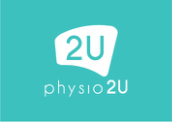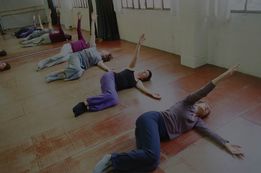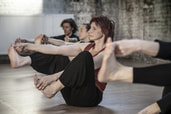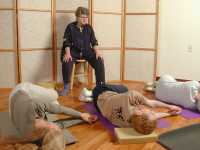|
The Feldenkrais Method is named after Moshe Feldenkrais, originally a Nuclear Physicist, who developed new and unique way of exploring how the body moves. He looked at the body as a whole, developed numerous series of movement patterns based on mind-body connections.
Feldenkrais is a method of therapy that promotes greater awareness of how the body moves, teaches us ways to overcome unhelpful 'habits' - such as limping, stiffness in some areas, and ways of moving that may block normal movements. Feldenkrais sessions are offered by practitioners located across Australia and other countries of the world - this may involve an individual one on one session (Functional Integration), or group sessions, which are called Awareness Through Movement classes. Sessions will help to guide your awareness to parts of the body that may have been 'stuck' in terms of movement. They can help you learn to retrain the way you move by performing gentle movements, including stretching, reaching and changing posture. Changes to the way we move and think about how we move occur through processes involving our brain - known as Neuroplasticity. Links to information about Neuroplasticity can be seen below: http://www.abc.net.au/radionational/programs/allinthemind/neuroplasticity-and-how-the-brain-can-heal-itself/6406736 |
Group ATM sessionsGroup sessions are called “Awareness Through Movement®” lessons (ATM). The Feldenkrais practitioner helps to guide participants through a planned sequence of movement explorations.
The benefit of drawing attention to the components of each movement pattern is that the participant can learn to explore and find easier ways of moving in everyday activities. Individual lessons are called “Functional Integration®” (FI). This is a a one-on-one hands-on process in which particular individual problems can be addressed. Fl lessons are tailored to each person's needs. These can be done in sitting, standing or lying. Exploration of movement possibilities can lead to new movement options. Transference of learning new ways of moving can then be applied to everyday activities such as reaching, sitting, standing and walking. |
Group movement (ATM) sessionsEven patterns of movement that we learn as infants, such as crawling or rolling over, can change over time as we become adults and walk in an erect posture - and are thus affected by the power of gravity.
The effects of gravity is noticeable when we become weaker in strength and power, or have an injury which affects our ability to move the way we are used to. Learning how to move slowly and with awareness can help to unblock areas that might become 'stuck' after such changes, and we stop moving as well as we would like. By practicing small ranges of movement we can build these up to perform whole patterns of movement more effectively. Learning to roll, for instance, can integrate within the body, leading to increased ability to rotate, and to walk more efficiently, with less pain and stiffness. |
Learning to LearnThe Feldenkrais method looks at improving ways to more with greater ease and more 'efficiently'.
It integrates a variety of ways to change ways of moving, and how we might think about moving. This includes activating neural connections between the brain & nervous system and muscles involved in particular movements, and even integrating ways in which we all 'learned to move' as an infant. |





